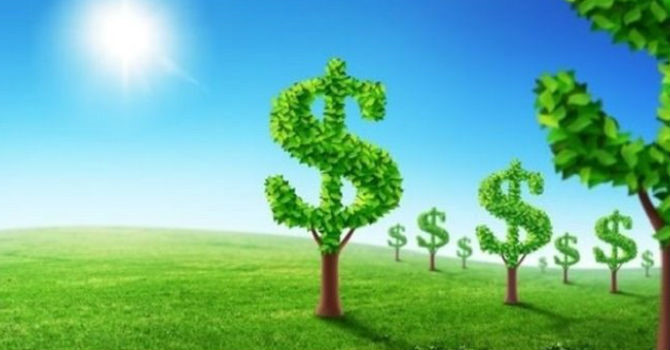IFC has estimated that the total investment capital in climate-related projects in Vietnam could reach $753 billion from now to 2030.

The huge amount of capital, three times Vietnam’s GDP, includes investment of $59 billion in renewable power projects with $31 billion going to solar power, $19 billion to small-scale hydraulic power and $80 billion to green works.
Nguyen Quoc Hung, a high ranking official of the State Bank of Vietnam, said at the ‘Sustainable Finance Forum’, an event organized on May 28 in HCMC, that 20 credit institutions had provided green credit as of Q1 2019 with total outstanding loans of VND242 trillion, an increase of 2 percent over 2018.
Of this, medium- and long-term loans were VND188 trillion, accounting for 77 percent of green outstanding loans, while short-term loans were VND54 trillion.
He cited a report showing that VND131 trillion has gone to agriculture and rural development, VND31 trillion has been disbursed for urban sustainable management, and VND13.6 trillion for sustainable forestry industry development.
Meanwhile, the fund for renewable energy was just VND8 trillion, or 3.5 percent of total green outstanding loans.
|
By the end of March 2019, the outstanding loans in accordance with social environmental risks had reached VND314 trillion with short-term loans, including VND138 trillion worth of short term loans and VND175.8 trillion of medium and long-term loans. |
By the end of March 2019, the outstanding loans in accordance with social environmental risks had reached VND314 trillion with short-term loans, including VND138 trillion worth of short term loans and VND175.8 trillion of medium and long-term loans.
According to Hung, the State Bank in August 2018 released Decision No 1604 on approving the plan on developing green banking in Vietnam in order to heighten the awareness and social responsibility of the banking system for environmental protection and climate change adaptation, driving capital flow to environmentally friendly projects.
To date, 19 credit institutions have strategies on social environment risk management, of which 13 institutions integrate the social environmental risk management into green credit activities. Ten institutions have created green credit products and 17 institutions have built manuals for social environment risk assessment in 10 business fields.
Nguyen Thanh Phong from An Binh Bank (ABB) said it was among the first banks that assessed environmental factors of energy projects when considering funding, including projects developed by EVN.
However, green financing remains very modest in Vietnam. Bankers hesitate to fund green projects as they think the projects are risky. Some banks fund the projects, but set high interest rates.
My An

School with green atmosphere
When the drum sounds to signal break time, hundreds of students at Ky Xuan Primary School flock to the school yard which looks like a green park.

Lack of green breathing in Vietnamese cities
As there is growing pressure on urban areas, there is higher and higher demand for green architecture.
 Environmental protection projects in Vietnam need a fund of $753 billion. The State Bank of Vietnam has included green financing program in legal documents to drive loans to projects for sustainable development.
Environmental protection projects in Vietnam need a fund of $753 billion. The State Bank of Vietnam has included green financing program in legal documents to drive loans to projects for sustainable development.